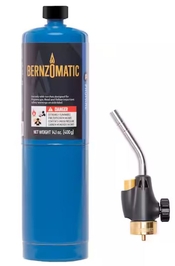otto.f
Member
I'm working on a project of wet printing 35mm negatives on 11x14" Rollei 111 fibre based variable grade paper developed in Moersch's Eco 4812. Although I now work on 6 prints only for on the walls at home, the final goal is a book based on a great deal of original AAA prints.
I bought a new liter Eco 4812 for that but tried out first a bottle from 2019 which I had poured into a brown glass bottle which I had vacuumed with Vacuvin, a device known in my country to keep wine fresh. I stored the bottle at the North side of my attic. To my surprise this developer worked as new, whereas it was 1 or 2 years beyond the expiration date defined by Moersch. So that's good news number one and a compliment for Wolfgang Moersch, who earns an elevation to nobility.
The second good news is that my negatives turned out to be very stable over the last 5 years, including different brands but mostly Delta100, Rollei Infrared and Adox 100 CHS ii. All these films were developed in times following The Massive Dev Chart, plus 15% because I use the Heiland Splitgrade head with leds which asks for rather hard negatives compared to the traditional condenser heads. With all these negatives the Splitgrade comes up with mostly the same grade and exposure times, which implies very few corrections and test strips. This is good news number two with a compliment for The Massive Dev Chart and a bit for me too .
.
I bought a new liter Eco 4812 for that but tried out first a bottle from 2019 which I had poured into a brown glass bottle which I had vacuumed with Vacuvin, a device known in my country to keep wine fresh. I stored the bottle at the North side of my attic. To my surprise this developer worked as new, whereas it was 1 or 2 years beyond the expiration date defined by Moersch. So that's good news number one and a compliment for Wolfgang Moersch, who earns an elevation to nobility.
The second good news is that my negatives turned out to be very stable over the last 5 years, including different brands but mostly Delta100, Rollei Infrared and Adox 100 CHS ii. All these films were developed in times following The Massive Dev Chart, plus 15% because I use the Heiland Splitgrade head with leds which asks for rather hard negatives compared to the traditional condenser heads. With all these negatives the Splitgrade comes up with mostly the same grade and exposure times, which implies very few corrections and test strips. This is good news number two with a compliment for The Massive Dev Chart and a bit for me too
 .
.



